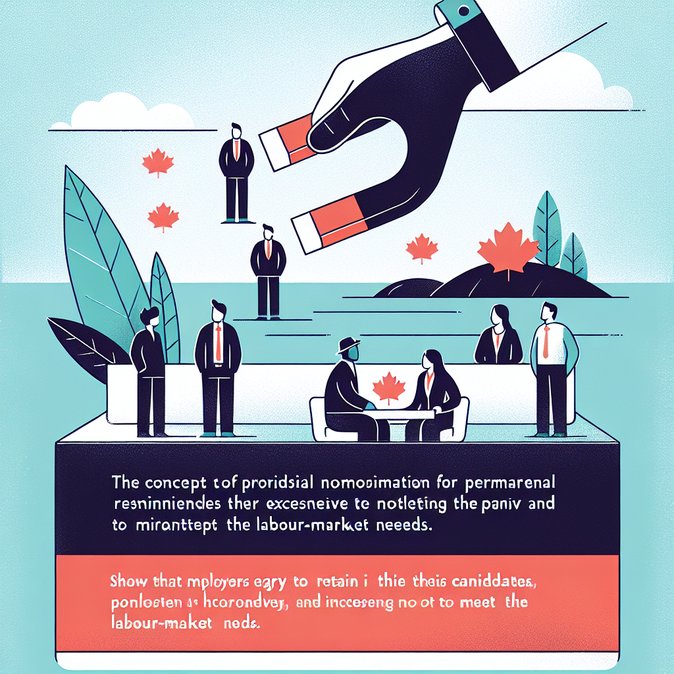
Immigration, Refugees and Citizenship Canada (IRCC) conducted its 380th Express Entry round on 25 November 2025, inviting 777 candidates who already hold a provincial nomination. Because a nomination adds 600 points to an applicant’s Comprehensive Ranking System (CRS) score, the cut-off fell to 699—its lowest level for a PNP-only draw in nine months.
The draw reflects Ottawa’s ongoing calibration of immigration targets: Canada aims to admit 110,000 economic immigrants through Express Entry in 2026, with roughly one-third coming via the Provincial Nominee Program (PNP). Provinces such as Ontario, British Columbia and Saskatchewan have lobbied for larger allocations to address acute labour shortages in health care, construction and clean technology.
![IRCC issues 777 Invitations in latest Provincial Nominee Express Entry draw as CRS cut-off dips to 699]()
For employers, a lower CRS threshold is welcome news. Human-resources teams supporting foreign talent should encourage employees with provincial nominations to ensure their profiles remain active and up-to-date; those above 699 points now have an invitation window of 60 days to submit a complete application. Recruiters should also monitor pending category-based draws—in healthcare, STEM and francophone sectors—which IRCC is expected to resume in December.
Applicants without a nomination can use this draw as a benchmark: the CRS cut-off for all-programme rounds has hovered around 530, but obtaining a provincial nomination is increasingly the fastest path. Immigration advisers anticipate that some provinces may accelerate the issuance of Expression-of-Interest invitations before the year-end freeze.
Processing times remain a pain point; Express Entry decisions are averaging five to six months, but paper-based PNP streams still take more than a year. IRCC has pledged additional resources in the upcoming federal budget to clear inventories and modernise digital platforms.
The draw reflects Ottawa’s ongoing calibration of immigration targets: Canada aims to admit 110,000 economic immigrants through Express Entry in 2026, with roughly one-third coming via the Provincial Nominee Program (PNP). Provinces such as Ontario, British Columbia and Saskatchewan have lobbied for larger allocations to address acute labour shortages in health care, construction and clean technology.

For employers, a lower CRS threshold is welcome news. Human-resources teams supporting foreign talent should encourage employees with provincial nominations to ensure their profiles remain active and up-to-date; those above 699 points now have an invitation window of 60 days to submit a complete application. Recruiters should also monitor pending category-based draws—in healthcare, STEM and francophone sectors—which IRCC is expected to resume in December.
Applicants without a nomination can use this draw as a benchmark: the CRS cut-off for all-programme rounds has hovered around 530, but obtaining a provincial nomination is increasingly the fastest path. Immigration advisers anticipate that some provinces may accelerate the issuance of Expression-of-Interest invitations before the year-end freeze.
Processing times remain a pain point; Express Entry decisions are averaging five to six months, but paper-based PNP streams still take more than a year. IRCC has pledged additional resources in the upcoming federal budget to clear inventories and modernise digital platforms.








